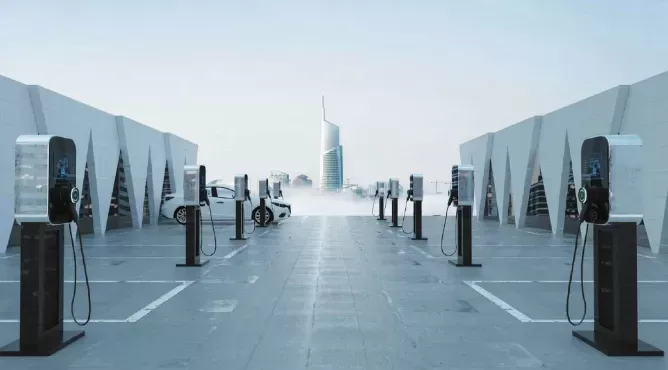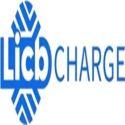Notifications

6 minutes, 11 seconds
-36 Views 0 Comments 0 Likes 0 Reviews

The electric vehicle (EV) charging industry is undergoing a rapid and profound transformation. Driven by technological innovation, accelerating EV adoption, and a global push for sustainability, the sector is evolving to meet growing demands for faster, smarter, and greener charging solutions. Industry leaders are responding with strategic investments and breakthrough technologies — from high-speed charging to renewable energy integration and smart grid connectivity.
Below are five key trends that are redefining the future of EV charging.
With the rise of EVs equipped with 800V high-voltage platforms — now available in over 60 vehicle models — the demand for ultra-fast charging is surging. Industry pioneers such as Huawei, Telai, and Star Charging are advancing liquid-cooled supercharging technologies, enabling vehicles to recharge in minutes rather than hours.
City governments are taking bold steps to lead this charge:
Shenzhen plans to establish a globally leading, multi-scenario supercharging infrastructure by the end of 2024, positioning itself as a "Supercharging City."
Guangzhou is launching its "Supercharging Capital" initiative, prioritizing the deployment of high-power fast-charging networks across diverse urban use cases.
Hainan Province is developing a "Supercharging Island", with over 400 stations slated for completion by 2025.
Beijing is rolling out subsidies to accelerate the adoption of high-power charging equipment.
As vehicle prices drop — potentially below $25,000 — EV adoption will accelerate, further fueling demand for supercharging in metropolitan areas.
A new generation of "solar + storage + charging" stations is emerging, combining photovoltaic panels, battery energy storage systems (BESS), and smart charging infrastructure into a single platform.
These integrated charging stations allow:
Renewable energy to directly power EVs.
Energy storage to absorb electricity during off-peak hours.
Cost-effective and carbon-efficient operation during peak demand.
Some models also include battery diagnostics and load balancing, turning each station into a mini green energy hub. This approach enhances grid resilience, reduces emissions, and aligns perfectly with carbon neutrality goals — making it a cornerstone of next-generation infrastructure.
In both urban and rural areas, charging accessibility remains a challenge. While rural regions often lack infrastructure altogether, cities face space constraints, limited parking, and insufficient electrical capacity in older residential communities.
To address these issues:
Developers and municipalities are rolling out intelligent, unified systems for EV charging facility construction, operation, and maintenance.
Post-2024, more urban communities will adopt standardized, scalable solutions to improve availability and ease of access for residents.
These initiatives aim to make EV charging as convenient and dependable as home internet or utilities — a key factor in driving widespread adoption.
Traditional gas stations are being reimagined as multi-energy service centers. Starting in 2024, major energy players are investing heavily in integrated stations that combine:
EV fast charging
Hydrogen refueling
Battery swapping services
Traditional gasoline/diesel fueling
These hybrid stations offer convenience, reduce land use overlap, and support the diversification of mobility energy sources — accommodating everything from electric cars to commercial fleets.
As infrastructure converges, customers can expect a one-stop energy experience, enhancing the user journey and encouraging EV uptake.
The expansion of EV charging infrastructure brings with it new challenges for grid stability and peak demand management. That's where energy storage and vehicle-to-grid (V2G) technologies come into play.
Energy storage systems enable stations to store power when demand is low and dispatch it when demand peaks.
V2G allows EVs to act as mobile energy assets, feeding electricity back into the grid when needed.
These technologies not only improve grid efficiency but also create new revenue streams for EV owners and decentralized energy ecosystems for cities. As the market matures, expect further investment in bi-directional charging, AI-driven load balancing, and grid-responsive charging networks.
As the world accelerates toward an electric future, the EV charging industry is at the forefront of transformation. From high-speed supercharging networks and renewable integration to the reinvention of fuel stations and smart grid technologies, these five trends are laying the groundwork for a smarter, cleaner, and more connected energy landscape.
By embracing these changes and investing in future-ready infrastructure, cities and companies are not only meeting the demands of today’s EV drivers — they’re building the foundation for a sustainable, electrified future of mobility.Know more about Google SEO Directory
China EV Chargers EV Charger Manufacturer Smart EV Chargers Electric Car Chargers Electric Vehicle Chargers Electric Car Charging Stations

